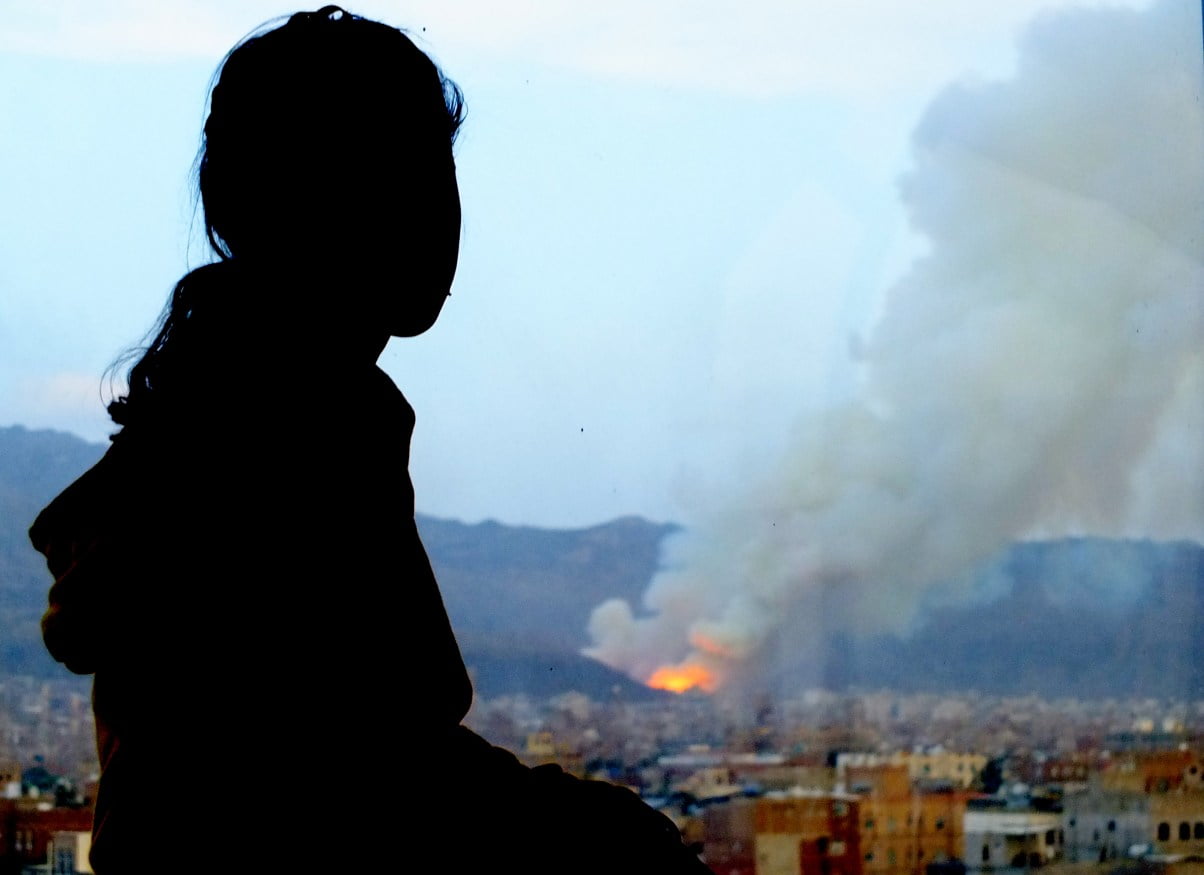From fall 2016 to spring 2018, more than a million suspected cases of cholera were reported in Yemen – a country of not quite 30 million people. The rate of new infections has finally slowed, but a new study from MSF/Doctors Without Borders, published in The Lancet looks at the patterns of cholera outbreak.
The takeaway: cholera will be back – and worse – when the rainy season returns, unless we take action now.
Cholera is one of those infectious diseases that has been killing people since ancient times. A bacterial infection, it causes severe diarrhea which leads to dehydration and often death. Cholera is a virulent infection; it can kill within hours of onset.
The cholera bacteria, v. cholerae, spreads through contaminated food or water. In places with safe drinking water, uncontaminated food, and effective sanitation systems for human waste, cholera is easily prevented. Cholera ripped through the United States from 1832-1873, for example, and was finally stopped through improving sanitation infrastructure.
In times of war and disaster, infrastructure is often the first to suffer. When sanitation fails, cholera rapidly follows. Cholera spreads easily in refugee camps, crowded cities, and anywhere people cluster together without a good way to dispose of human waste.
There is no cure or specific drug for cholera. It’s a bacterial infection, but antibiotics don’t make any difference to patient outcomes. Cholera is treated through rehydration therapy. In mild cases, that will consist of special rehydration liquids given by mouth. In more severe cases, intravenous liquids are required. With good care, though, cholera has a case fatality rate of only 1%. When untreated, the cholera fatality rate ranges from 25-50%. Cholera does have a vaccine, but it doesn’t take effect fast enough to be useful in an epidemic situation. The vaccine works best in populations who are at risk for cholera but not yet affected by an outbreak.
Cholera isn’t new to Yemen. Like many countries in the Middle East and South Asia, cholera has historically been endemic in Yemen. This kind out outbreak is new, though. Infectious disease modeling techniques estimate that until 2016, Yemen had approximately 17,546 cases of cholera per year and a case fatality rate of 3%. In 2011, the Yemeni revolution began and 30,000 cases of cholera were reported.
Cholera and Saudi Warplanes


© UNICEF/Fuad
The serious cholera outbreaks came with the civil war. Specifically, it came with the bombing. Saudi aerial bombardment of the national electrical grid in April 2015 left the Sana’a wastewater plant without power. The plant ran on alternate fuel until the end of May 2015, and was then forced to shut down. UNICEF was able to keep it sporadically operating with fuel donations, but they weren’t enough for full operations. Every time the plant shut down, untreated wastewater began to leak out into irrigation canals and drinking water supplies. By late summer 2015, the diarrhea outbreaks began. In October 2016, the first cases of cholera were reported. By the end of 2017, one million cases of cholera had been reported.
Between Sept 28, 2016 and March 12, 2018 1,103,683 suspected cholera cases and 2,385 deaths were reported in Yemen. 3.69% of the population has been infected with cholera, and the approximate case fatality rate is 0.22%. The population infection rate of 3.69%, known as the attack rate, is devastatingly high. The case fatality rate is impressive; it suggests cholera care may have improved since the outbreak began. Cholera is fought on the front lines, treated mostly by community health workers (who haven’t been paid in Yemen since mid-2017). This low fatality rate is a testament to their courage and commitment.
This new study by Doctors Without Borders looks at the specifics of cholera transmission in Yemen. It finds some very detailed patterns of infection. The current outbreak of cholera in Yemen has come in waves, and those waves coincide with the rainy season. Doctors Without Borders has serious scientific rigor backing their conclusions, but it also makes intuitive sense. A disease that spreads with dirty water transmits more aggressively when there is more water to spread it.
The first rainy season in Yemen hit the hardest. In late April 2017, the spring rainy season saw daily national cholera incidence increase by 100 times. Cholera spread across the entire country. After a brief dry season, the rains came again in July. This time, health workers and aid groups had some time to prepare. Cholera incidence increased, but not as severely as in April.
As the study puts it, “The small first wave seeded cholera across the country during the dry season, leading to amplification in a major second wave during the rainy season. These findings have operational implications…If localised resurgence of cholera cases can rapidly be detected and contained during the 2018 rainy season, a potential third wave could be avoided.”
It’s early May 2018. The spring rains are on their way, and the summer rain will follow. If Yemen gets the support it needs – water and sanitation assistance, support for detection and treatment of cholera – we can keep the impact of cholera to a minimum. If the country is unprepared, the largest outbreak of cholera in the world will just keep growing.
The rain is coming. But cholera doesn’t have to come with it.
